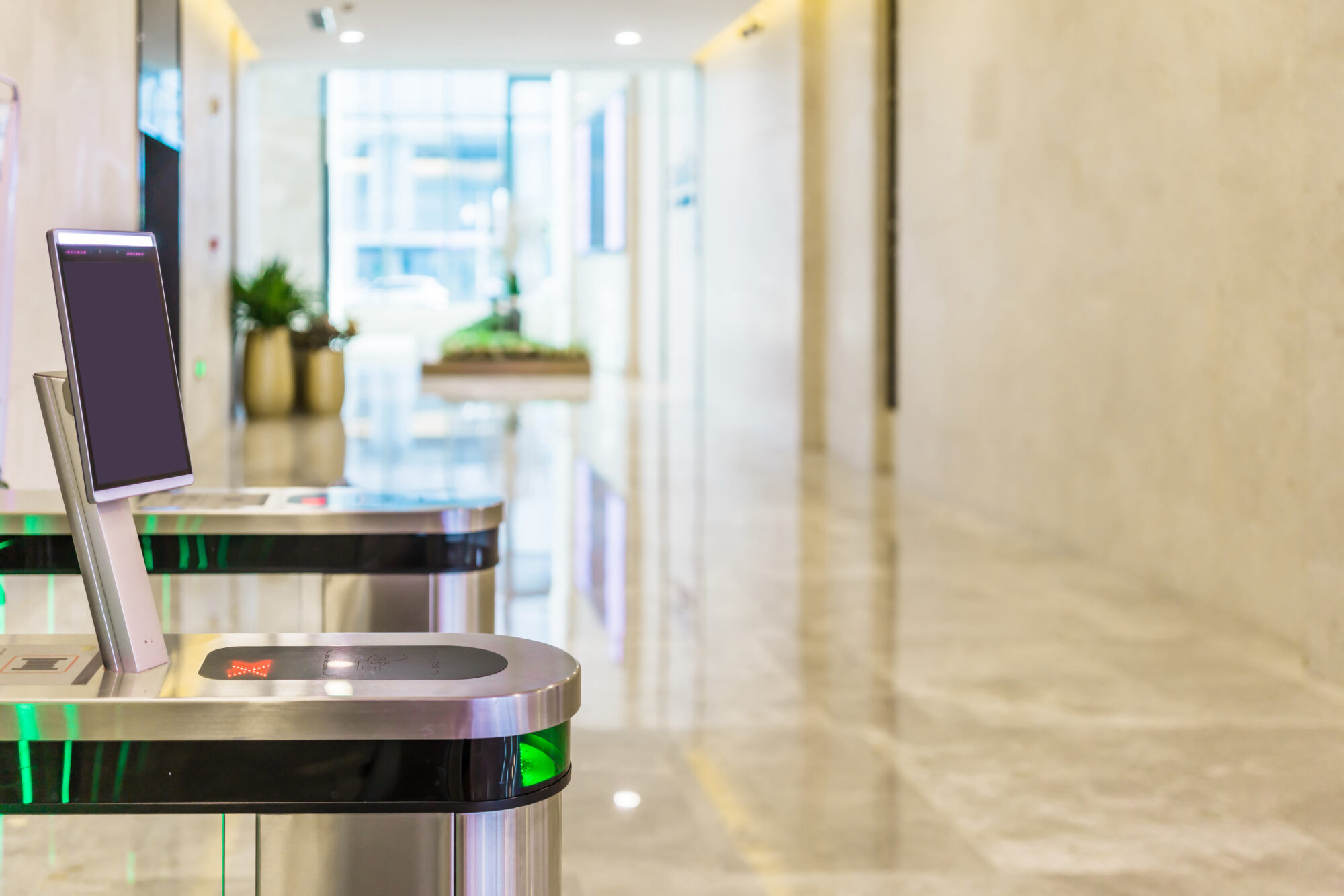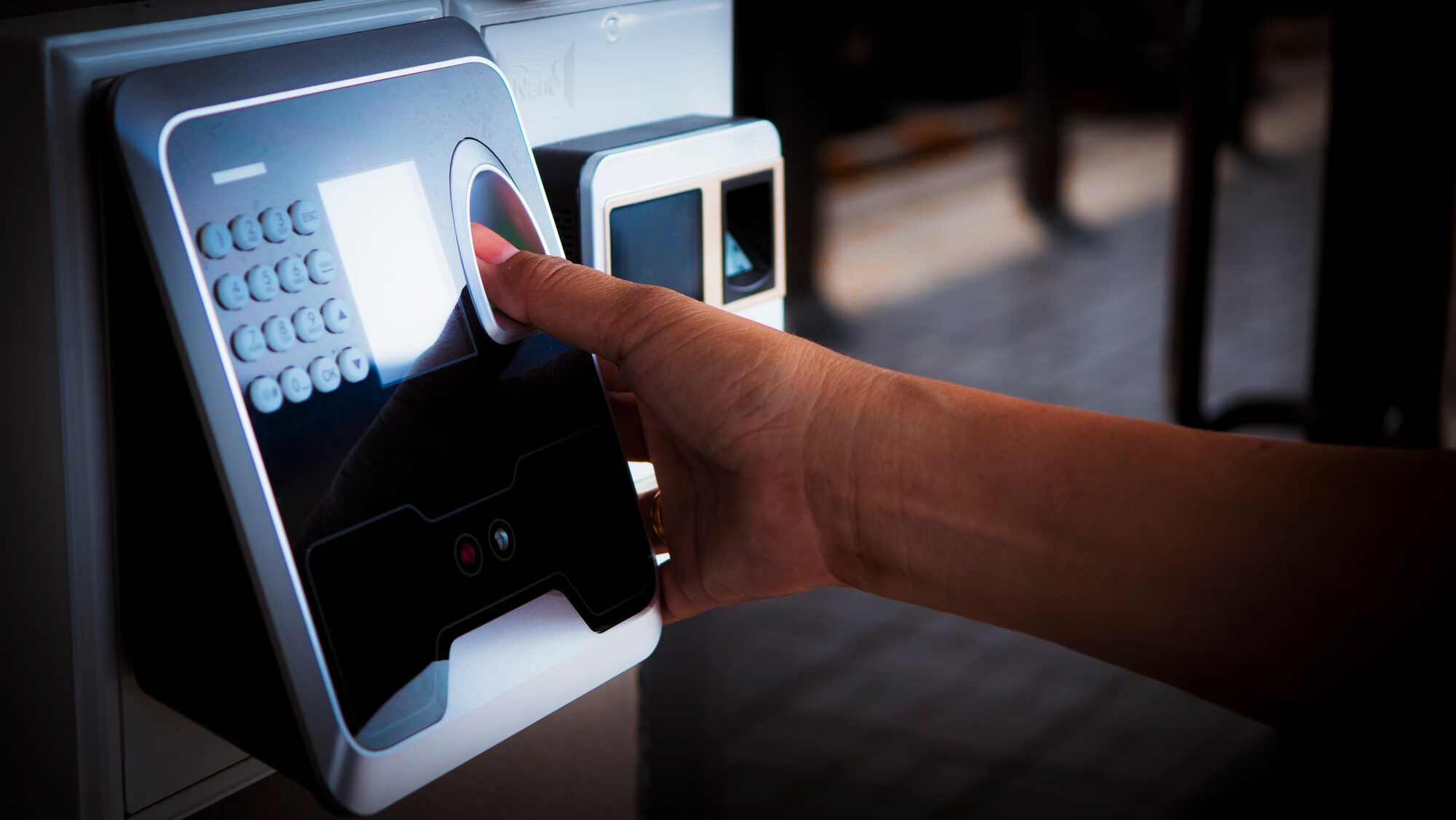© 2025 Genea Energy Partners, Inc. All Rights Reserved.
Get a quick overview of facial recognition technology and its advantages and disadvantages.
Biometric access control is a system that authenticates and authorizes people based on their physiological attributes such...
Talk to an expert
Give us a call




